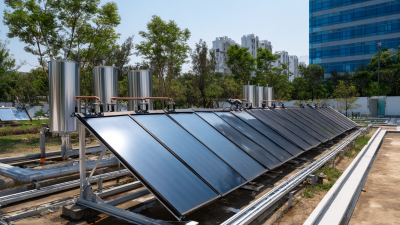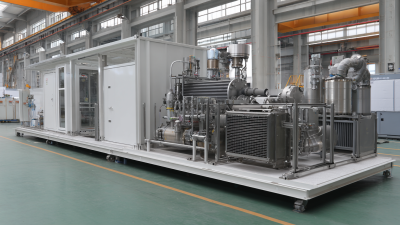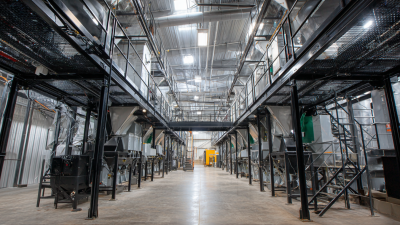Leave Your Message
In today's quest for sustainable energy solutions, the "All In One Water Solar Heater" stands out as a versatile and efficient option for households and businesses alike. According to the U.S. Department of Energy, water heating accounts for approximately 18% of the energy consumed in a typical home, making it a prime target for energy efficiency improvements. Leveraging solar power, these compact systems not only reduce electricity bills but also minimize carbon footprints. Recent reports by the International Solar Energy Society highlight a significant growth in the adoption of solar water heating technologies, suggesting a 15% increase in installations worldwide over the past five years. By integrating cutting-edge technology and user-friendly designs, All In One Water Solar Heaters offer a comprehensive solution for those seeking to maximize energy efficiency while contributing to a greener planet. Understanding their benefits and optimal usage is crucial for anyone aiming to make a positive impact on their energy consumption.
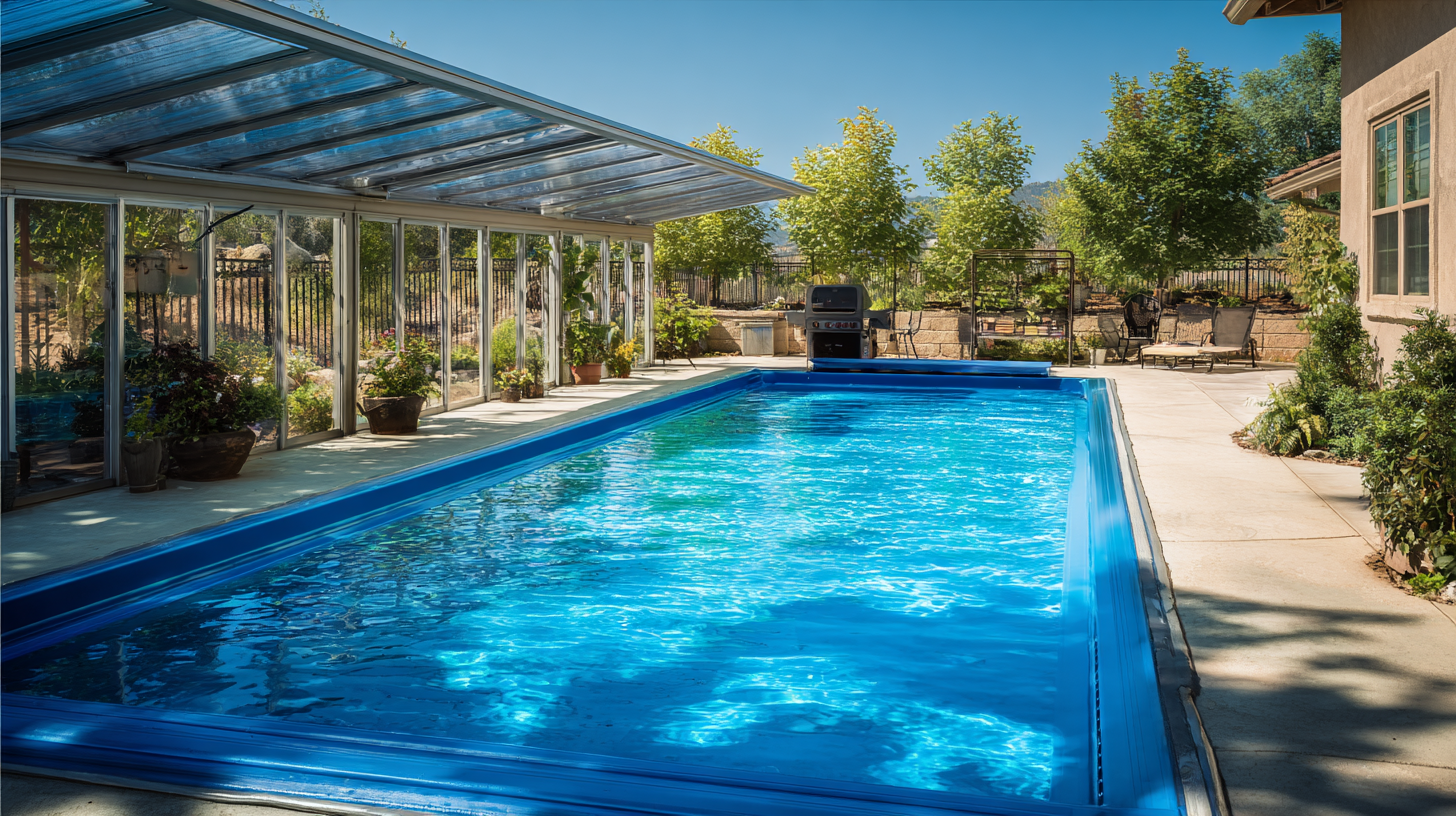
All-in-one water solar heaters represent an efficient solution for harnessing solar energy for domestic hot water needs. These systems integrate key components such as solar collectors, storage tanks, and a control system into a single unit, streamlining installation and maintenance. Understanding how these systems operate begins with familiarizing oneself with their components. The solar collector absorbs sunlight and converts it into heat, which is then transferred to the water stored in the tank. This process ensures that hot water is readily available, leveraging renewable energy to reduce dependency on fossil fuels.
Moreover, the functionality of all-in-one solar heaters is influenced by several factors, including geographic location, seasonal variations, and the system's orientation towards the sun. Proper installation and positioning can significantly enhance energy efficiency, ensuring maximum exposure to sunlight throughout the day. Users should also consider the system's capacity in relation to household hot water demands to ensure optimal performance. By understanding these fundamentals, homeowners can make informed decisions, ultimately contributing to energy conservation and cost savings over time.

When considering the optimal energy efficiency of all-in-one water solar heaters, several key features come into play. One critical aspect is the solar collector type; flat plate collectors generally offer a cost-effective solution with good efficiency for moderate climates, whereas evacuated tube collectors excel in colder areas, proving to have up to 30% higher efficiency ratings (Solar Energy Industries Association, 2022). This ensures that users can maximize energy capture even in less-than-ideal weather conditions.
Another vital factor is the integration of size and thermal storage. According to a report by the National Renewable Energy Laboratory (NREL), systems that match well with daily hot water demands can enhance performance by as much as 25%. A well-sized unit minimizes energy waste and maximizes the use of solar energy, leading to lower operational costs and a quicker return on investment. Furthermore, advanced features like smart controls can further optimize usage patterns. These technologies allow homeowners to monitor and adjust their energy consumption based on real-time data, optimizing efficiency and sustainability in their daily routines.
When installing an all-in-one solar water heater, the first step is to select a suitable location that receives ample sunlight throughout the day. Ideally, this should be a south-facing roof or an unobstructed outdoor area that maximizes exposure to the sun. Once the location is chosen, ensure that the mounting structure is secure and can withstand various weather conditions.
Next, carefully unpack the unit and check all components against the manufacturer's checklist. Begin the installation by attaching the mounting brackets securely to the roof or ground. Then, place the solar collector on the brackets, ensuring it is angled appropriately to capture maximum sunlight. Connect the water supply lines, ensuring tight seals to prevent leaks. Following the plumbing connections, integrate the control system that manages the heater’s performance, completing the electrical connections as per the instructions provided.
After completing the physical installation, it's crucial to perform a series of tests to check the functionality of the system. Turn on the system and monitor the temperature readings, making adjustments if necessary to optimize efficiency. Regular maintenance, such as cleaning the collector and checking for any leaks, will help ensure your solar water heater continues to operate at peak performance.
To ensure the longevity and performance of all-in-one water solar heaters, regular maintenance is crucial. According to a report by the U.S. Department of Energy, proper maintenance can enhance system efficiency by up to 30%. Simple tasks such as cleaning the solar panels at least twice a year can prevent dirt and debris from diminishing solar absorption. Additionally, inspecting the system for leaks and ensuring that the connections are secure can help maintain optimal performance, as leakage can significantly decrease the system's effectiveness.
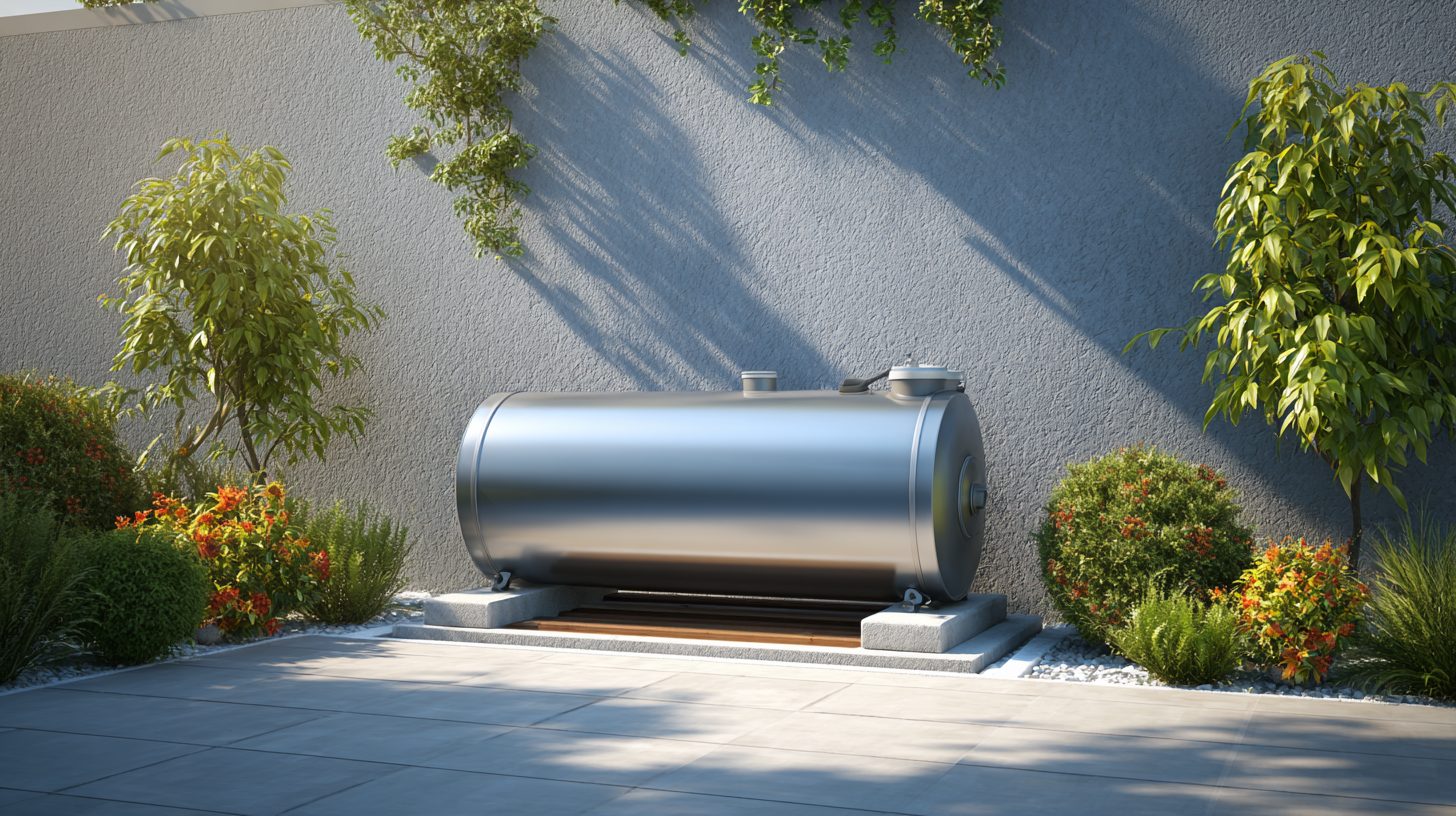
Another critical aspect of maintenance is monitoring the fluid levels in the storage tank. The Solar Energy Industries Association (SEIA) indicates that maintaining adequate fluid levels is essential for efficient heat transfer and can prevent potential damage during freezing conditions. For best results, users should also check the thermostat settings regularly to ensure they are set correctly according to seasonal needs.
By adhering to these maintenance tips and being proactive, homeowners can significantly increase the lifespan of their solar heaters and maximize energy efficiency.
When considering an all-in-one solar water heater, a cost-benefit analysis is crucial to determine if this investment is worthwhile. The initial purchase price of these systems can be higher than traditional water heaters; however, the long-term savings on energy bills can be substantial. By harnessing solar energy, homeowners can reduce their reliance on electricity or gas, leading to lower utility costs over time. Furthermore, many regions offer incentives or rebates for installing solar technology, which can significantly offset upfront expenses.
In addition to financial considerations, the environmental impact should also be factored into the analysis. All-in-one solar water heaters provide a sustainable alternative to fossil fuel-based systems, helping to reduce carbon footprints and promote eco-friendly living. By investing in renewable energy, homeowners not only save money but also contribute to a cleaner planet. Ultimately, while the initial cost may be a barrier, the combination of energy savings, potential incentives, and environmental benefits makes all-in-one solar water heaters a compelling investment for those looking to maximize efficiency and sustainability.
| Feature | Description | Cost (USD) | Expected Lifetime (Years) | Annual Savings (USD) | ROI (%) |
|---|---|---|---|---|---|
| Installation Cost | Cost of installing an all-in-one solar water heating system | 3,500 | 15 | 300 | 8.57 |
| Maintenance Cost | Annual maintenance and operational costs | 100 | 15 | 300 | 2.00 |
| Electricity Offset | Savings on electricity bills due to solar integration | 0 | 15 | 500 | 14.29 |
| Tax Credits | Potential rebates or tax credits for installation | 1,000 | 15 | 0 | - |
| Total Investment | Combined total of installation and maintenance | 4,600 | 15 | 1,100 | 23.91 |

